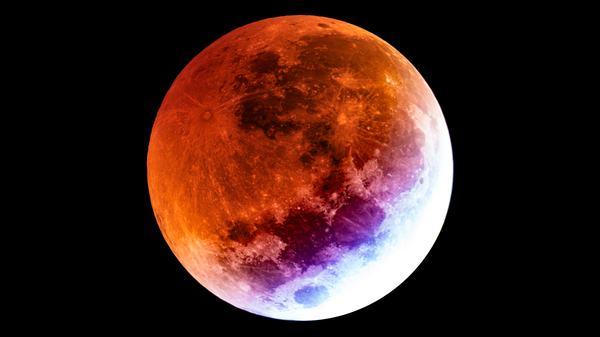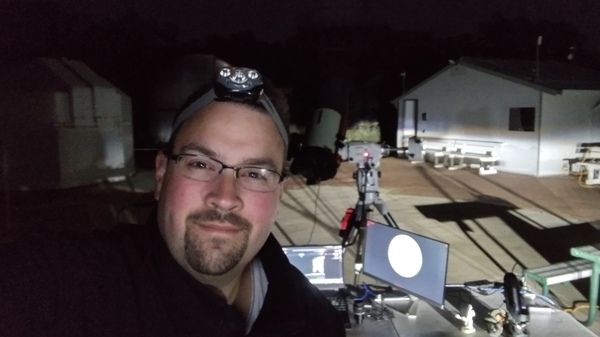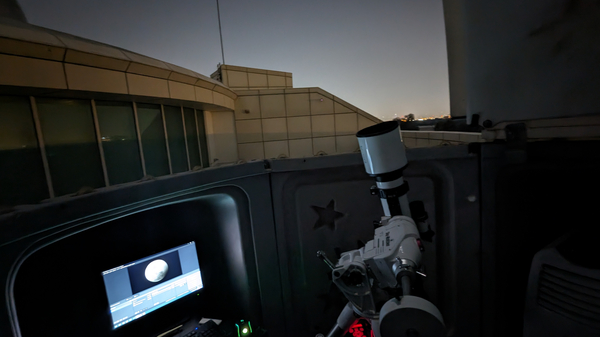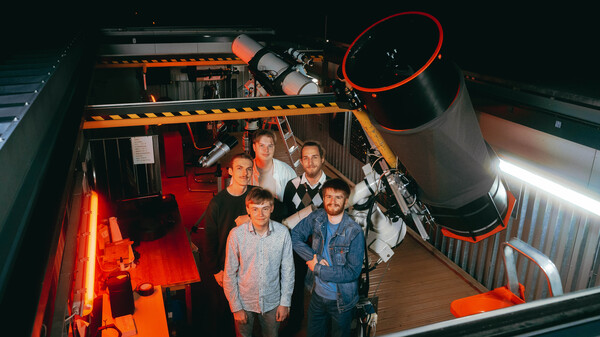Our Mobile Observatory Team Head to the Med

For this eclipse, the mungfali.galihkartiwa07.workers.dev mobile observatory is heading to the Mediterranean island of Cyprus—hoping to take advantage of relatively low levels of cloud cover (on average) and a beautiful moonrise during the early, penumbral stage of the eclipse.
As usual, our mobile team will be headed by Steffen Thorsen, our CEO and Chief Eclipse Chaser. For this expedition, Steffen will be joined by Anna Smith and Renate Mauland-Hus.
Anna is a geophysicist—she has spent the last three years leading timeanddate’s astro team, which develops and maintains the astronomy services on our website. Renate is an astrophysicist: after receiving a PhD in cosmology from the University of Oslo in 2023, she joined us as a data analyst and all-round astro wiz (for example, adding interesting comets to our Night Sky Map when they are discovered).
“After three years of supporting our eclipse live streams from behind a computer in Stavanger, I’m thrilled to join the mobile observatory team in the field this time,” says Anna. “Experiencing the eclipse through the telescope—with the Moon rising over the sea—will be an unforgettable way to mark my three-year anniversary at timeanddate.”
The Moon Will Turn Red—And Blue?

According to our data, around 7 billion people across Asia, Africa, Europe, and Australia have a chance of seeing this eclipse—that’s roughly 85% of the world’s population. Our calculations use raw population data provided by the Center for International Earth Science Information Network (CIESIN) at Columbia University.
Might some of us get to see a bit of blue in the eclipse? Sometimes called the turquoise band, this phenomenon is caused by blue-ish light that has passed through Earth’s ozone layer. Will there be blue in the Blood Moon?
Live from Western Australia

We’re teaming up with Matt Woods at Perth Observatory for the 8th (yes, 8th!) time.
The first time Matt sent us telescope images from Western Australia was for the total lunar eclipse of January 2018. Our most memorable collaboration—which you can see here—was when we joined him in the desert for the total solar eclipse across the North West Cape in April 2023.
Thank You to Our Friends in Dubai

This will be our 3rd live stream working with Khadijah Ahmad, Sheeraz Ahmad Awan, Ahmad Hasan, Mahmood Hasan, and the rest of the amazing team at the Dubai Astronomy Group . For this eclipse, our friends in Dubai are joined by the incredibly talented astrophotographer Rami Dibo .
The aim of the Dubai Astronomy Group is to promote astronomy in the UAE and across the world. You can watch our interview with Khadijah during the October 2023 partial lunar eclipse.
Our New Partners in Germany

We’re excited to be collaborating for the first time with David Spyra and his colleagues at the Kassel Observatory in Germany: Mark Woskowski, Miron Gassert, Florian Hein, and Julian Knatz.
The observatory—located on the roof of the Schülerforschungszentrum Nordhessen at the University of Kassel—is operated by the AAK, an astronomy association with over 50 years of history. The AAK’s goal is to use the observatory to both promote astronomy to the general public and to provide a modern research facility with a particular focus on student research.